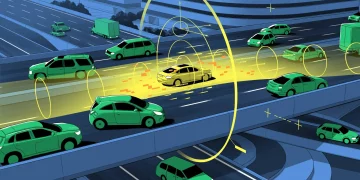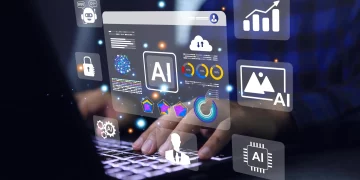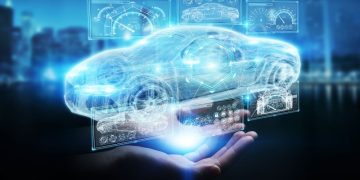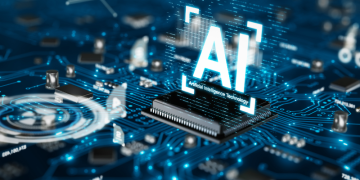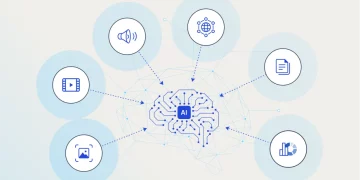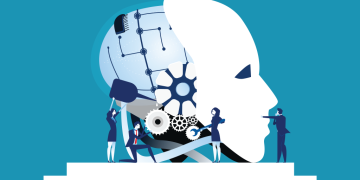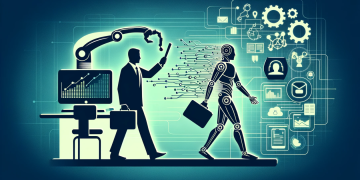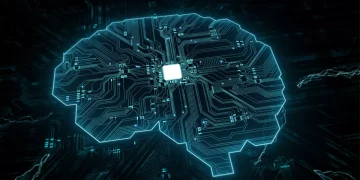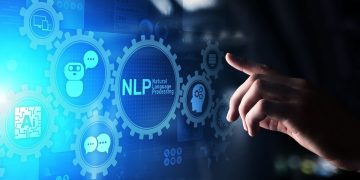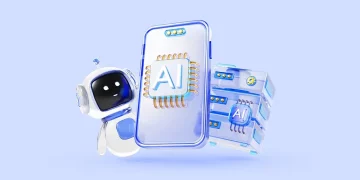In recent years, natural language processing (NLP) has undergone a profound transformation. Once limited to clunky chatbots and keyword matching, NLP now powers sophisticated digital assistants, real-time translation, personalized content generation, and even advanced reasoning across domains. This dramatic progress is not only redefining what machines can understand and generate in human language—it is fundamentally changing how we interact with technology.
This article explores how recent innovations in NLP are reshaping human–machine communication, what breakthroughs are enabling this shift, and where the future of language-based interaction is headed.
1. From Commands to Conversation: A Shift in Human–Machine Interaction
Traditionally, interacting with computers required users to adapt to the rules of the machine—through programming languages, structured commands, or button-based interfaces. NLP is reversing this relationship. Machines are now adapting to the rules of human language, making interfaces more natural, intuitive, and conversational.
This shift is seen in:
- Voice assistants (e.g., Siri, Alexa, Google Assistant) that understand spoken commands
- Chatbots and virtual agents used in customer service and healthcare
- AI writing tools (e.g., ChatGPT, Grammarly, Jasper) that help generate or refine content
- Multimodal assistants that integrate language with images, speech, and even gestures
These systems make it possible to interact with machines using the most human medium we have: language—whether written or spoken, formal or casual.
2. The Foundation: Transformer Models and Large-Scale Pretraining
The revolution in NLP began with the introduction of transformer architectures (Vaswani et al., 2017), which dramatically improved a model’s ability to handle long-term dependencies in text. This laid the groundwork for large-scale pretraining using massive corpora of internet data.
Key innovations include:
- BERT (2018): Brought context-aware understanding to sentence-level tasks like classification and question answering
- GPT series (2018–2024): Showed that language generation at scale could produce coherent, context-rich responses
- T5 and PaLM: Unified multiple NLP tasks under a text-to-text framework
- GPT-4o, Gemini, Claude, and other multimodal models: Enabled systems to process not only text, but also images, audio, and video alongside language
These models are not just reacting to inputs—they understand context, intent, and ambiguity, and can engage in open-ended, multi-turn dialogue.
3. Real-World Applications: NLP at the Core of Digital Transformation
The impact of NLP innovation extends far beyond academia or consumer gadgets. Across sectors, language-based AI systems are transforming how people work, learn, and access services.
a. Customer Service & Business Automation
- AI agents can now resolve complex customer queries with minimal human supervision
- Sentiment analysis and topic detection allow companies to track public perception in real time
- Intelligent document processing can extract and summarize contracts, legal documents, or support tickets
b. Healthcare and Mental Health
- NLP systems assist with clinical documentation and summarization
- Language models are powering diagnostic chatbots and symptom checkers
- Sentiment-aware chatbots provide basic mental health support and triage
c. Education and Learning
- AI tutors personalize feedback, adapt to student levels, and answer open-ended questions
- Language models can explain difficult topics, rewrite instructions for clarity, and simulate conversations in foreign languages
d. Content Creation and Media
- NLP is being used to generate articles, marketing copy, and even code
- Tools like translation engines and subtitle generators make content globally accessible
- Large models assist in creative writing, journalism, and research synthesis
In each case, the interaction is language-centric, and increasingly indistinguishable from human conversation.
4. Key Innovations Driving the Change
The changing nature of NLP-based interaction is fueled by several technical breakthroughs:
a. Instruction Tuning and RLHF (Reinforcement Learning from Human Feedback)
These techniques make language models more responsive to user instructions, less toxic, and more aligned with human values and expectations.
b. Contextual and Memory-Aware Models
Long-context transformers and retrieval-augmented generation (RAG) enable models to retain and reference vast amounts of information across multi-turn conversations or lengthy documents.
c. Multilingual and Cross-Lingual Models
Models like NLLB and GPT-4 are capable of understanding and generating text in dozens of languages, opening up interaction for users worldwide—without relying on English.
d. Multimodal NLP
Recent models integrate text with vision, speech, and other sensory modalities, enabling voice- and image-driven interaction (e.g., describing a photo, translating speech, analyzing charts).
e. On-Device and Real-Time NLP
Edge deployment and optimization (e.g., with models like Whisper, DistilBERT, or Mistral) bring low-latency, privacy-preserving interaction to mobile phones, smart homes, and vehicles.
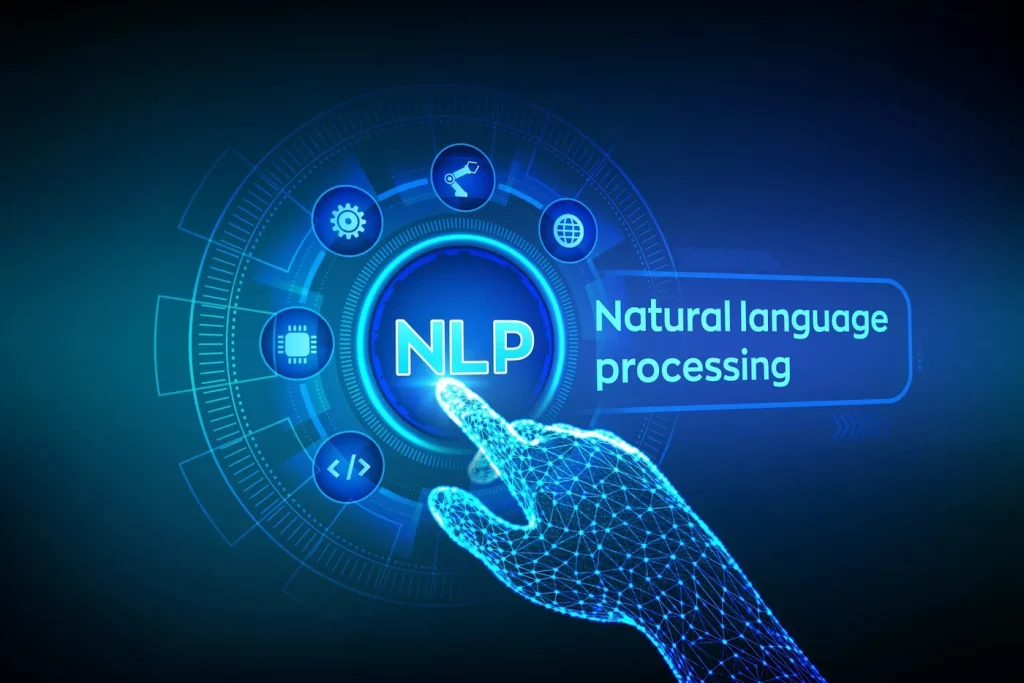
5. Challenges and Limitations
Despite the transformative progress, NLP-based interaction still faces notable limitations:
- Context errors: Models may lose track of long conversations or misinterpret user intent
- Bias and fairness: Pretrained models can reproduce harmful stereotypes from training data
- Security risks: Language models can be manipulated into generating misleading or dangerous content
- Over-reliance on fluency: Models may produce plausible-sounding but incorrect or made-up responses (“hallucinations”)
- Accessibility gaps: Voice and language interfaces are not always optimized for users with disabilities or diverse linguistic backgrounds
Addressing these challenges is critical to building trustworthy and inclusive NLP systems.
6. The Future of Language-Based Interaction
Innovations in NLP are steering us toward a future where machines function not as tools but as collaborative partners. What might this look like?
- Conversational user interfaces replacing apps, forms, and menus
- Personalized AI assistants that understand your goals, context, and preferences across platforms
- Human–AI collaboration in writing, thinking, researching, and learning
- Real-time multilingual interaction for global collaboration and commerce
- Emotional intelligence and empathy modeling in therapeutic, social, or caregiving contexts
These systems won’t just process commands—they will understand us, learn with us, and adapt to our communication styles.
Conclusion
Yes—innovations in natural language processing are indeed changing the way we interact with machines. By enabling machines to understand and respond to human language with increasing depth, context, and nuance, NLP is redefining what “user interface” means in the AI era.
As models grow more capable, personalized, and multimodal, language will become the default bridge between humans and digital systems—not only making technology more accessible, but also fundamentally more human-centric.
The implications go far beyond convenience. They signal a new era in which conversation becomes computation, and dialogue becomes the foundation for everything from creativity to commerce, education to healthcare.



